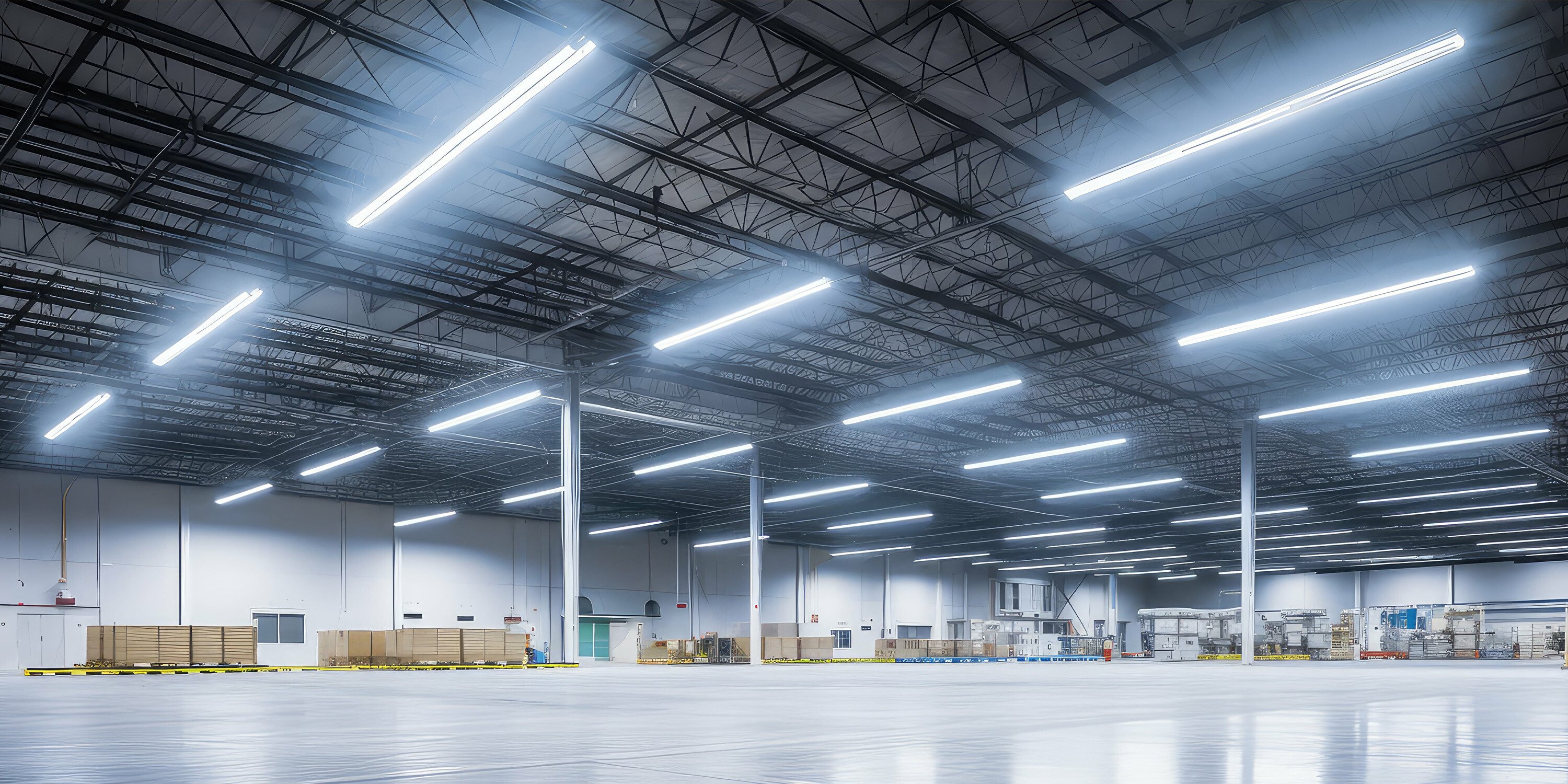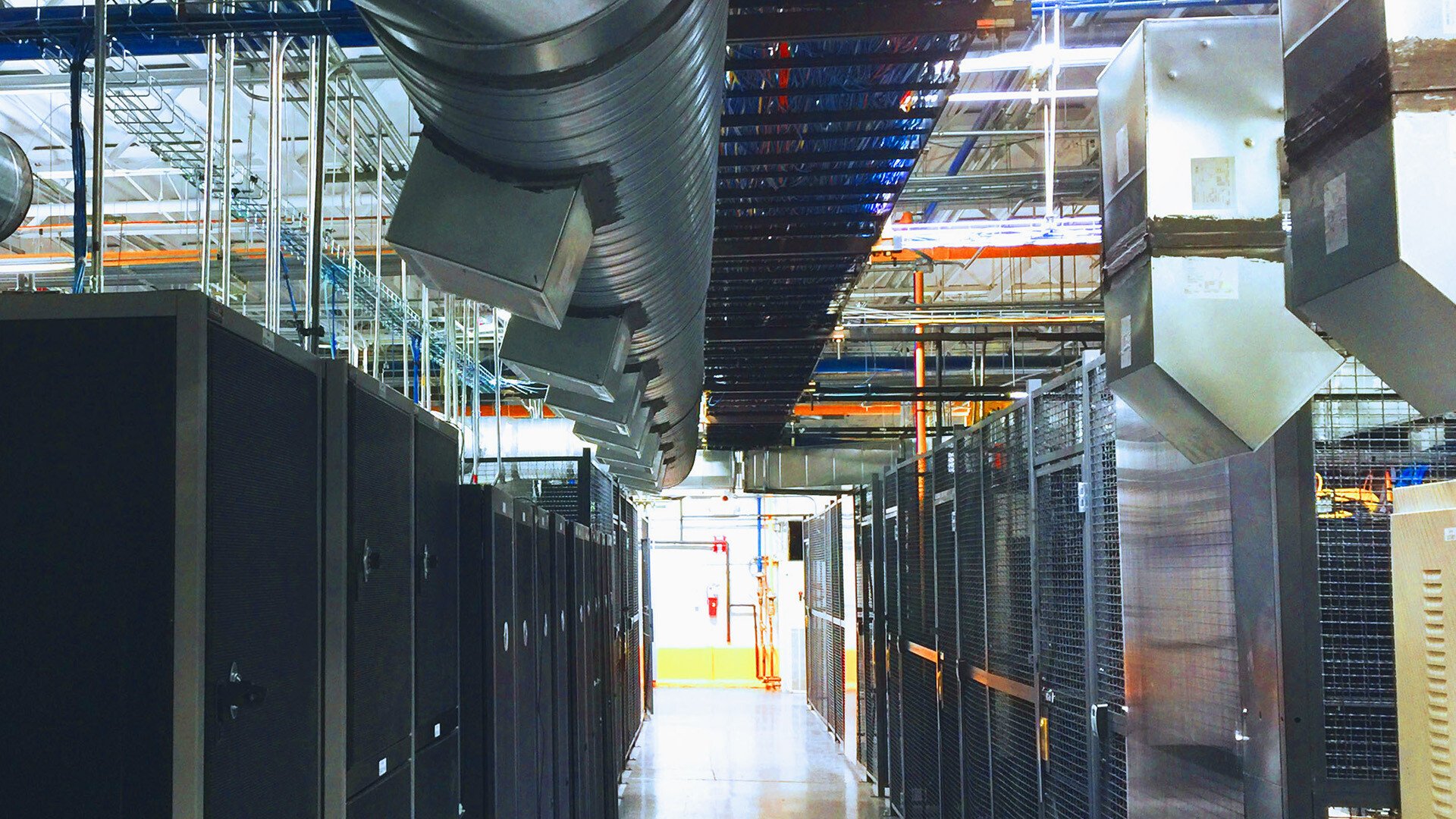Energy Efficiency | December 9, 2020
LED Lighting and Footcandles: Definition and Purpose
If you’ve had to upgrade lighting, choose fixtures, design new lighting for a space or manage a building that has lighting, you’ve come across footcandles. It’s an archaic-sounding term. The only candles most of us encounter in our own day-to-day are the ones bought from Target burning on the coffee table. Because I manage lighting projects for one of the nation’s leading energy solutions companies, I work with footcandles every day.
The biggest aspect of our job is figuring out how to save energy for clients – for me, lighting is one of a few possible solutions. A big part of this is making sure the resulting lighting is improving the space. We’re not going to exchange dim or poorly functioning fixtures for a subpar solution.
Before we get into that, however, let’s define footcandle and talk about what it means in terms of LED lighting.
What’s a footcandle?
Dozens of dictionary entries online offer similar definitions of this unit of measurement. Dictionary.com offers us a succinct option. A footcandle is:
“a unit of illuminance or illumination, equivalent to the illumination produced by a source of one candle at a distance of one foot and equal to one lumen incident per square foot.”
A footcandle is a measurement of light. Whether you’ve got old fluorescents, high-pressure sodium fixtures or the most up-to-date LEDs, you can still look at a fixture’s output in terms of footcandles.
History and development of the term “footcandle”
The term “footcandle” originated in 1906. For reference, Thomas Edison invented the light bulb in 1879 (the arc lamp being a precursor, dating back to 1806) and by 1933, this patent discusses metering footcandles, referring to the term as though widely recognized. In just under twenty years, footcandles became the go-to term for understanding light output and followed on the heels of the electric bulb.
The Encyclopedic Dictionary of Polymers states that the word is a form of the word “candela,” which is a measurement of light based in the Latin term for candle. Footcandle came from “the measurement of the light of 1 candle on a 1 foot square area 1 foot away from the flame,” explains Jay Holben in his article, “Discussing Brightness and Lumens.” This term and what it measures simply developed from a very practical experience and understanding of light.
Despite its origin from candles, over time, the footcandle has been closely associated with the light produced from electrical light bulbs and fixtures, and we still use it as a measurement in the field today.
Footcandles vs lumens
The Oxford English Dictionary definition explains that the footcandle is “a deprecated unit of surface-lighting intensity, equal to 10.76391 lux. The lux (lx) is defined as 1 lumen per square meter (lm/m2).” This formula is important. We work with clients that have specific lumen requirements a project must meet if we’re upgrading fixtures from fluorescent to LED.
Think of footcandle as a US standard measurement and lux as a metric measurement. Footcandles are how we measure light from a source. Lumens (which compose a lux) are the quantity of the light perceived from the retrofit/fixture.
Whether required light output is measured in footcandles, lumens or lux, all relate to the original understanding of how far a candle can throw light.
When do we use the term “footcandles” vs “lumens”? Do clients have a preference?
At FES, we use lumens in terms of a fixture’s output when designing LED lighting projects or choosing fixture options. Footcandle is only the measurement of light over distance. When we choose a fixture, we look at its efficacies – the fixture’s lumens per watt. This allows us to choose a fixture based on savings, determined by the wattage. You can have many fixtures with the same wattage, but not the same "output". For example: 125W exterior fixture puts out 21,500 lumens, as opposed to another product which might be 130W and only be 17,000 lumens. So, we save more wattage AND the efficient fixture offers more light output, or it renders "brighter" comparatively.
Clients may say they want "X" amount of footcandles at a given height – like on a work desk, or at head level. For example, if you measured light levels at 3.5’ or 4' off the ground, they may require X amount of footcandles per IES standards. Typically though, most of our clients only ask that light levels maintain or improve and that they save energy with the project, and we’ll determine what lighting levels best enhance the space we’re in.
Why are footcandles important to commercial/industrial buildings?
All commercial/industrial companies require good visibility to perform their essential tasks and processes. This can vary greatly between hospitals (operating rooms vs patient rooms), manufacturing (warehouses vs production lines), education (classrooms vs stadiums) and more. Regardless of need, these kinds of facilities have specific visibility demands and custom lighting requirements.
Facility managers (or ESCOs designing projects, like the type we do) must understand the relationship of footcandles to lumens, and how much light each fixture can produce in order to properly configure a building’s lighting.
What’s the relationship between footcandles and energy efficiency?
It’s important to understand that more efficient fixtures don’t change or sacrifice the footcandles in a space. As a unit of measurement, footcandles inform the engineer who is designing new or updated lighting what type of fixture to choose and what level of brilliance should be selected to illuminate a space.
At the time of their upgrade to LED lighting, many facility managers take the opportunity to better understand how many footcandles were being previously delivered by the old lighting, and they often increase this measure to add light to a space. New lighting or retrofitted fixtures give us the chance to evaluate existing footcandle requirements to deliver better visibility.
How LED lighting can increase footcandles in commercial facilities
We saw a great example of how to use LED lighting to improve current footcandles when working with a distributor of small parts for backyard machinery (e.g. snowblowers and lawnmowers). The distribution facility had outdated, degraded high-pressure sodium fixtures and poor output – a very low measure of footcandles for the space being illuminated. The workers struggled to pick the correct product from the shelves and scan the right barcodes due to poor visibility. After auditing the space, we determined we could move the facility from approximately 8 footcandles to 25 footcandles with new LED lighting. The difference in light was huge, not to mention energy savings.
LED lighting delivers many benefits:
- Lower operational costs
- Decreased maintenance and associated costs
- Lower energy expenditure
- Improved environmental impact
Fundamentally, besides these benefits, LED lighting is the standard for new or upgraded fixtures. And with a lighting update, facility managers and building owners can reevaluate the visibility and brightness of a space, expand the number of footcandles or lumens and benefit from a better lit facility. As a measurement of light, footcandles represent the visibility behind these upgrades, and show how brightness and light output isn’t sacrificed – rather improved – with the introduction of LEDs.
Related Posts
Discover more content and insights from Mantis Innovation

The Cost of Inaction: Why Businesses Should Act Now on Energy Efficiency
In today's fast-paced business environment, the financial and operational losses businesses incur by delaying energy efficiency improvements, the "cost of inaction," is more relevant than ever.

In today’s AI era, human intelligence is the key to data center facility and energy optimization
Nowhere else in modern industry do artificial and human intelligence converge with such transformative potential as in the world of data centers. As AI's extraordinary growth accelerates demand for

Your Guide to LED Lighting for Business and Commercial Buildings
Never to be underestimated, LED lighting and well-designed lighting retrofits and upgrades offer businesses big improvements like reduced energy costs, reduced emissions, and improved working

Five Trends Driving Data Center Facility Energy Optimization
Today’s digital economy, commercial and industrial digitalization, and the recent explosion in artificial intelligence and machine learning (AI/ML) powered computing are driving massive growth in